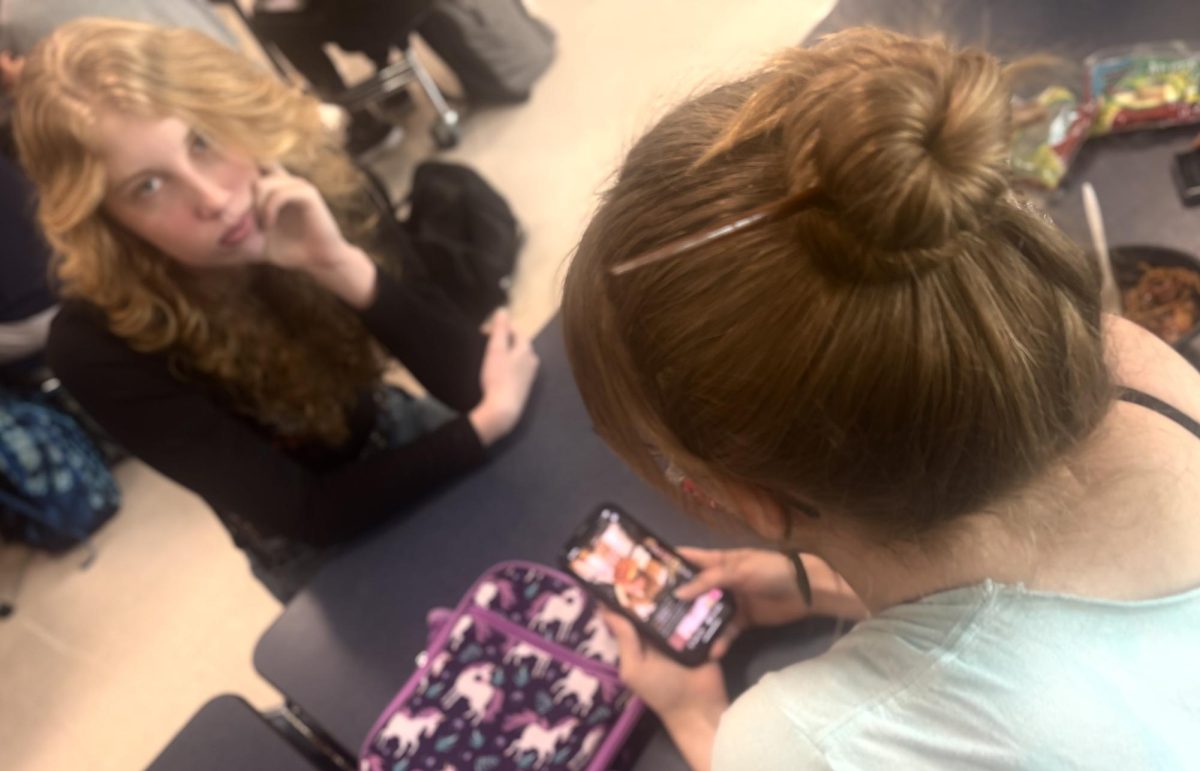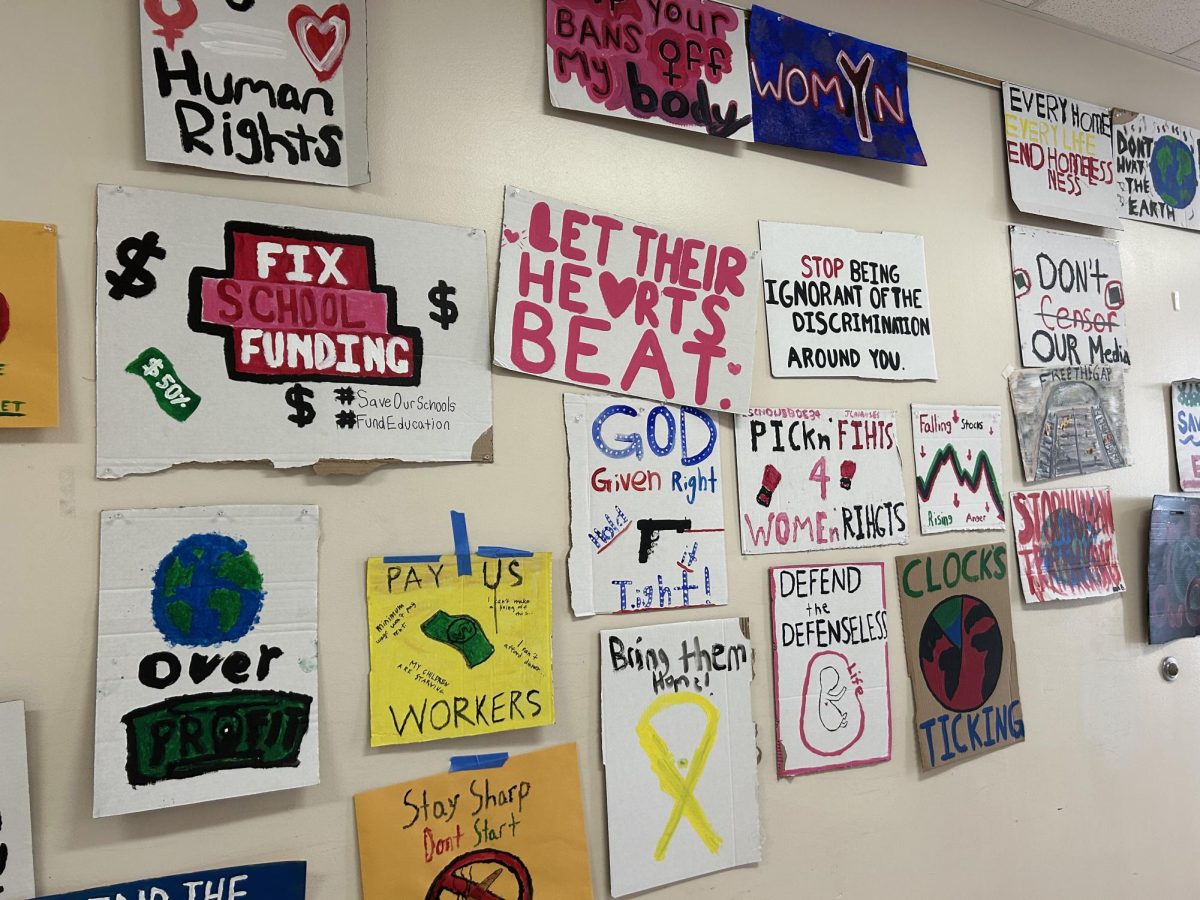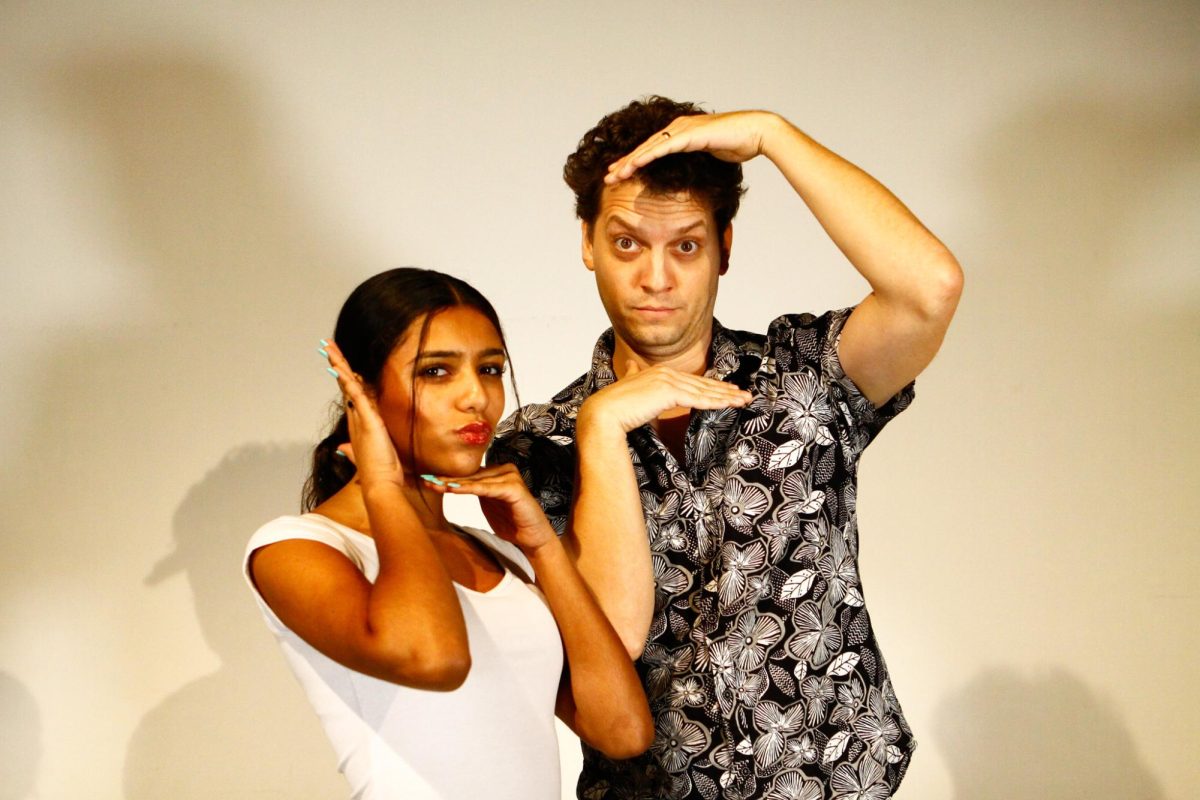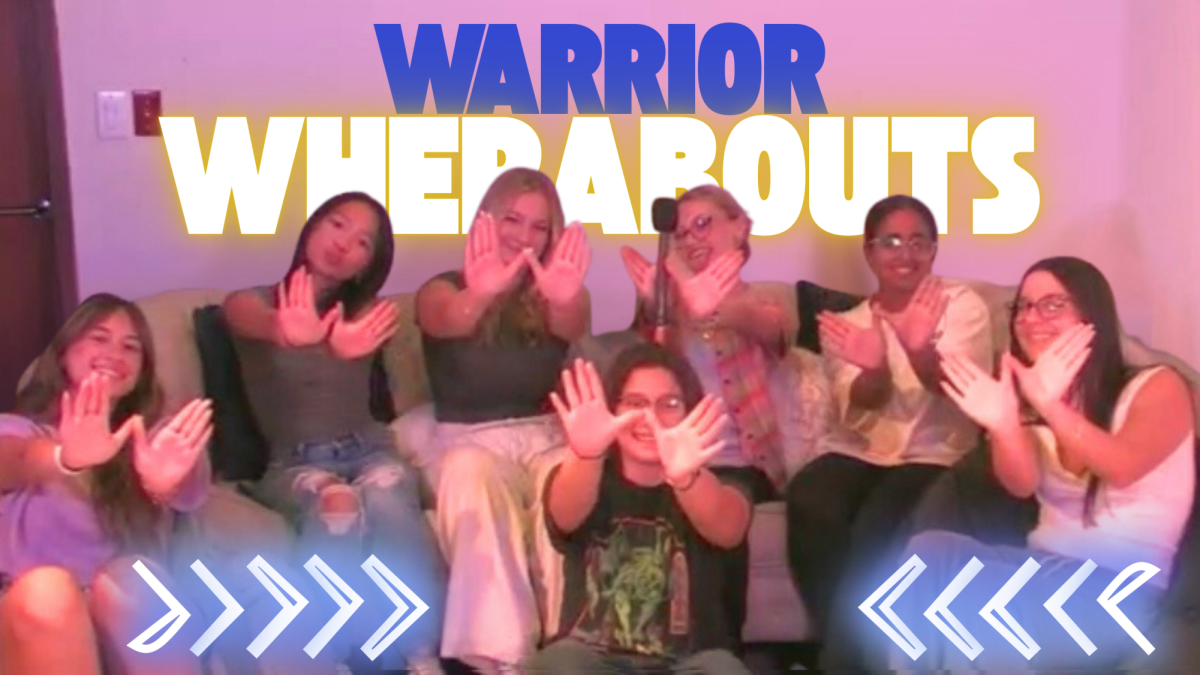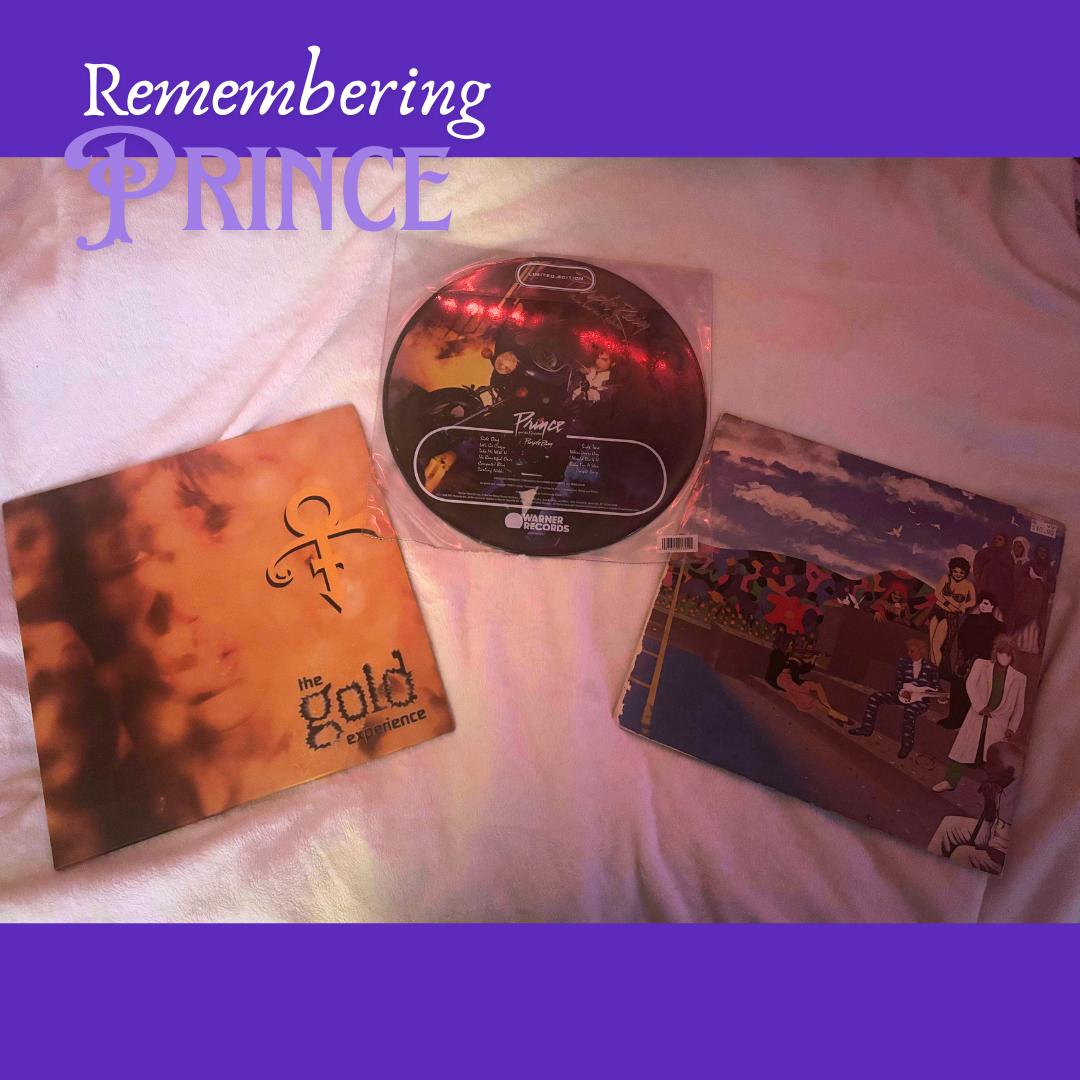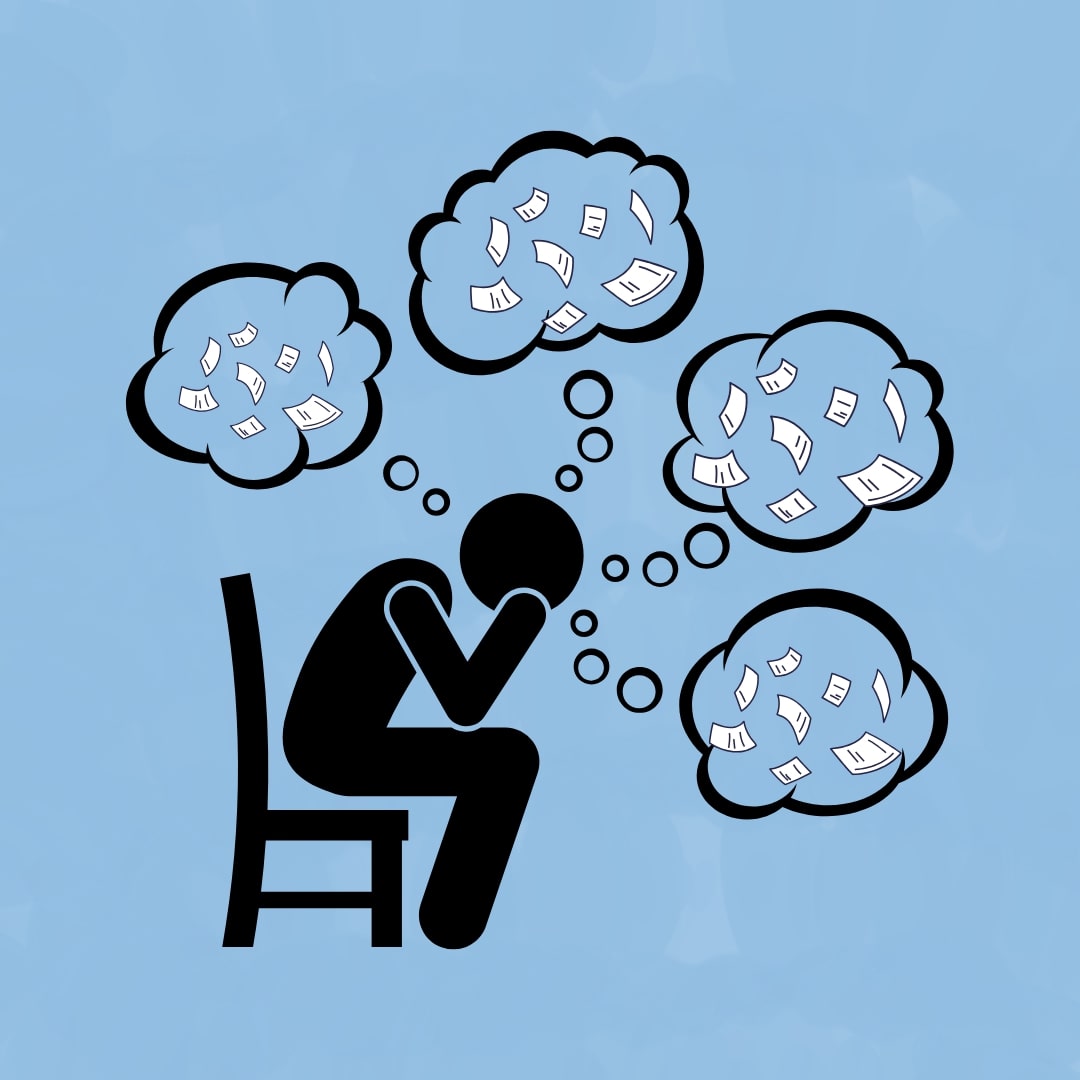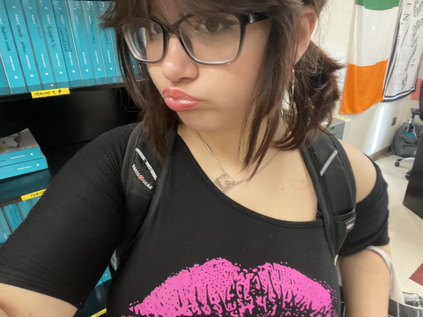It’s been nine years since the world lost the one and only Prince, and somehow, his presence still feels just as loud, vibrant, and essential as it did before April 21, 2016. That day, the world didn’t just lose a musician but lost a visionary.
Prince Rogers Nelson was more than an icon. With a staggering vocal range, unmatched instrumental talent, and unapologetic flair, he built a legacy that reshaped music, fashion, and identities. His death, caused by an accidental overdose of the opioid fentanyl, was a tragic reminder that even the brightest stars can struggle in silence. Prince reportedly dealt with chronic pain from years of high-energy performances and injuries. The physical toll of delivering unforgettable live shows. His passing brought attention to the hidden epidemic of prescription drug abuse, even among the elite.
Yet even in death, Prince lives on through the sonic worlds he created. The Gold Experience was the spark and for some it got them hooked. The storytelling, the musicality, the emotion—it blew people’s minds. That album wasn’t just a collection of tracks. It was a journey. From “Endorphinmachine” to “Gold,” it felt like he was speaking in colors and rhythms, as if he had access to a dimension people could only dream of visiting.
Listening to Prince transformed people’s music taste made people fall in love with funk. He opened the door to genres people never knew they could love. Prince did that for so many people, he cracked open their creativity and rewired the way they experienced music.
“Prince wasn’t afraid to mix genres,” said senior Tom Sawyer. “He gave other artists permission to color outside the lines.”
His impact on African American artists is immeasurable. In an industry that often tried to box black musicians in, Prince broke out loudly. He fought for creative control, and he challenged gender norms. He truly understood beauty in so many different ways and his music and image were radical, rebellious, and powerful.
“He proved that being a Black artist didn’t mean you had to conform,” said sophomore Gianna Harris. “That kind of confidence was revolutionary.
Prince’s fashion was just as iconic as his sound. Silk, lace, leather, sequins, and ruffles. He wore it all and made it his own. He blurred gender lines long before it was trending, exuded sexual freedom, and created space for people to embrace their full selves. Whether it was high heels or a plunging purple jacket, everything he wore made a statement: beauty has no limits.
“His look said just as much as his lyrics,” said freshman Andrea Rivero. “He made it okay to be bold.”
Prince taught us that art could be anything you want it to. His influence echoes in artists like Beyoncé, Janelle Monáe, and D’Angelo. He was a torchbearer for Black excellence, funk revival, and creative independence.
As fans around the world gathered last weekend to remember his life, some visiting Paisley Park, others blasting Purple Rain, one thing remains certain: Prince wasn’t just ahead of his time. He seemed to come from another time entirely. And yet somehow, his art remains timeless. “Art is about building a new foundation, not just laying something on top of what’s already there.”








